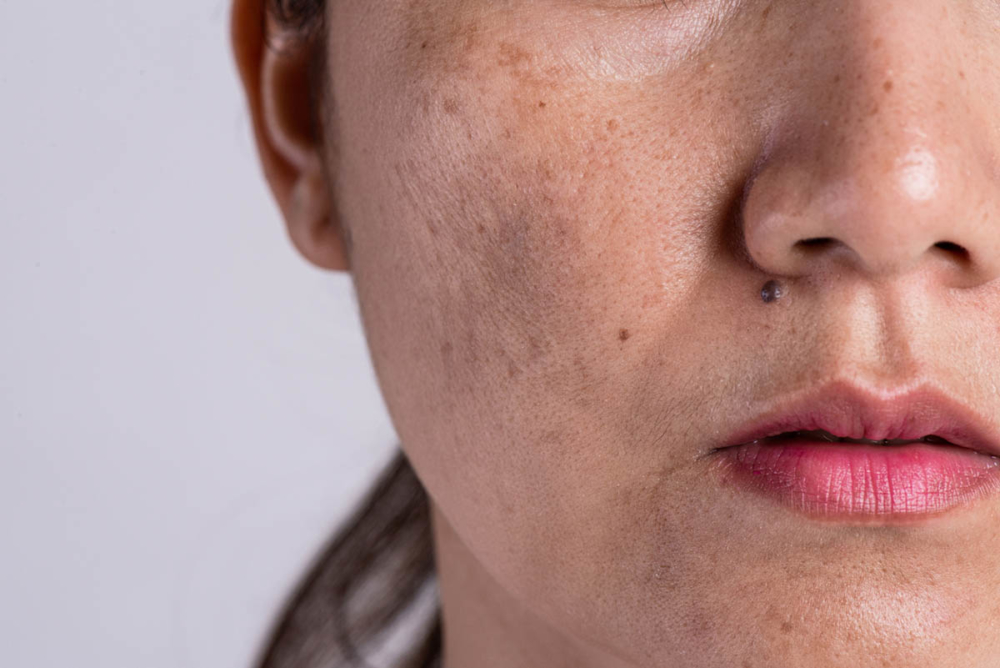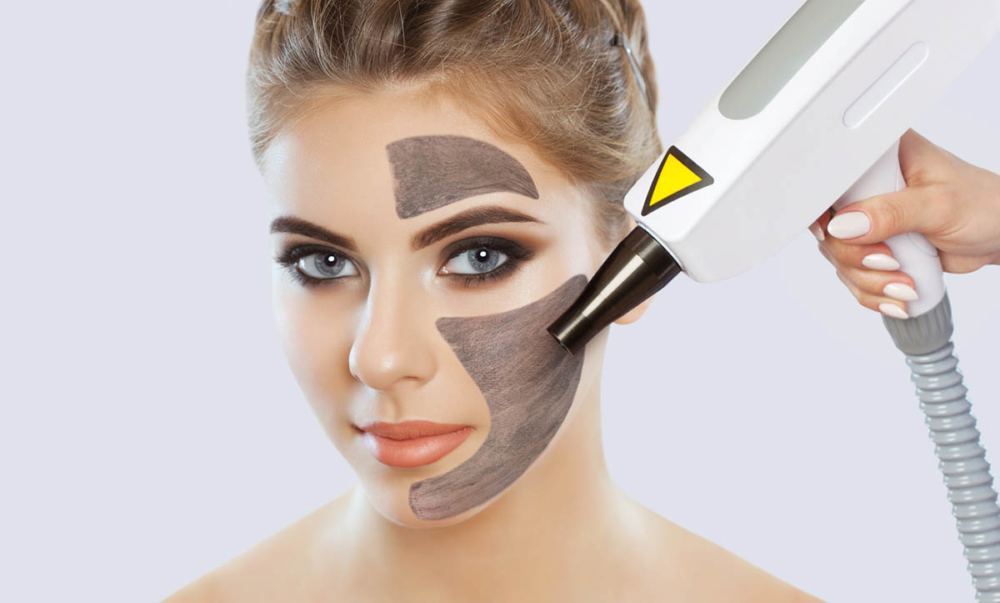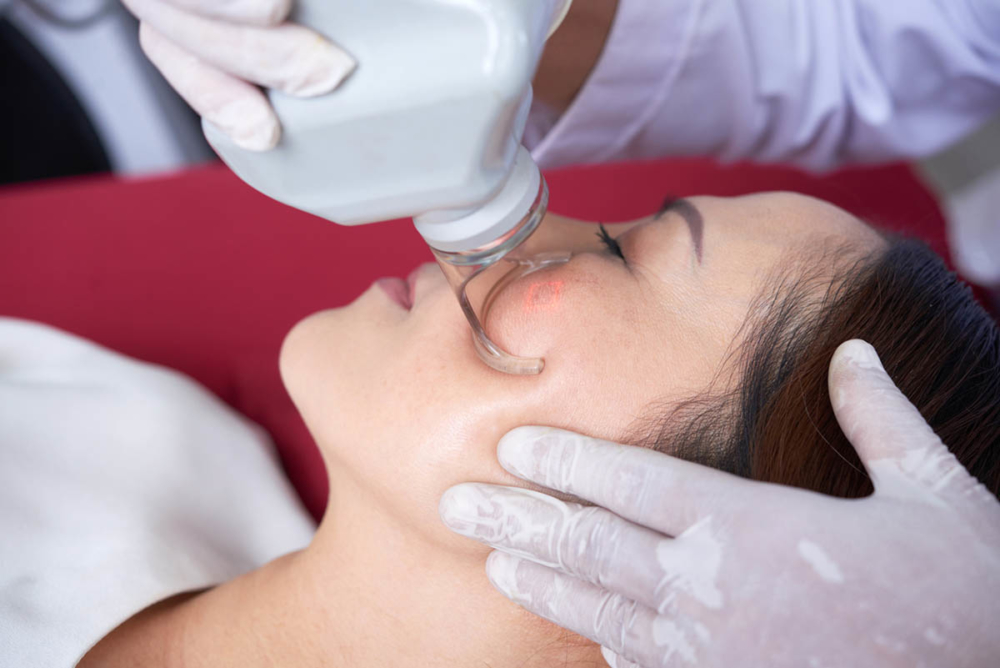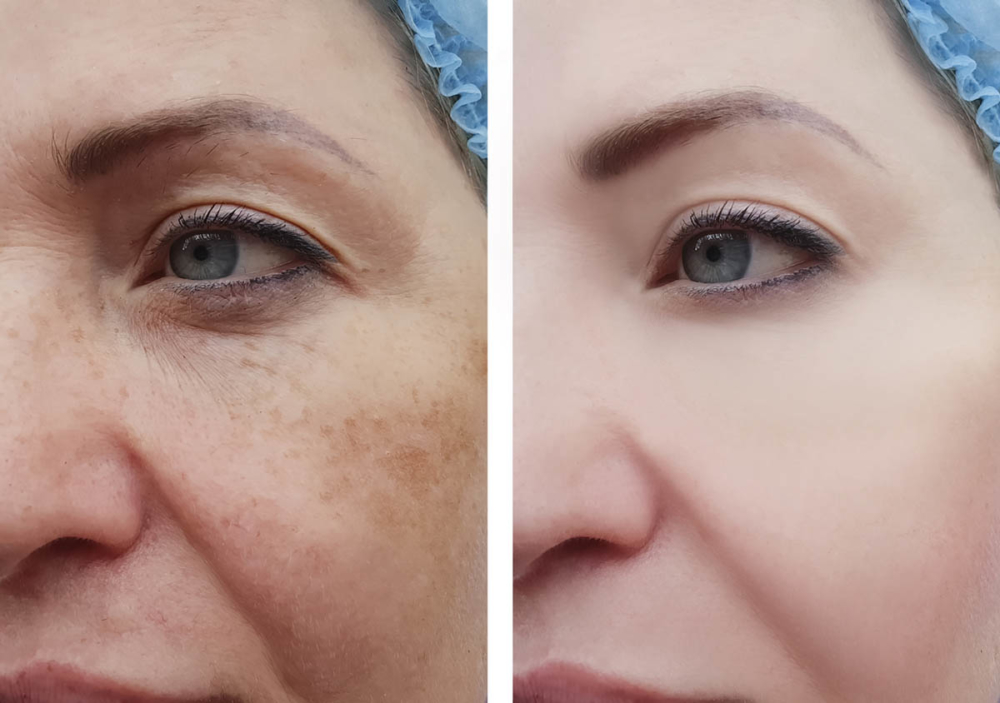If you think that your skin pigmentations are really bothersome and ultimately affects your everyday life, don’t worry because you are not alone. In fact, pigmentation problems is probably one of the most common reasons why Singaporeans visit a dermatologist’s clinic like Dr David’s One Face Clinic. Pigmentation is skin condition characterized by overproduction if melanin, the skin pigment and can are mainly caused by:
- over-exposure to harmful UV rays from the sun
- increased discoloration after skin injury or inflammation
- hormonal imbalance (especially during pregnancy)
- genetics
As a result, patches of dark discolorations begin to cluster in in different areas of the face. Pigmentation can be in the form of age spots, freckles, sun spots (solar lentigines), melasma, Hori’s naevus and post-inflammatory hyperpigmentation. In general, people with darker skin are typically more prone to developing the condition, hyperpigmentation can also affect people of all skin types.
What are the costs of pigmentation treatments that are available in Singapore?
1. Prescription Skin Lightening Creams
Topical creams contain active ingredients that disrupts the mechanism and decreases the levels of melanin in the skin. These creams may contain hydroquinone, retinoids, steroids or other natural bleaching agents. They are applied on the pigmentation area for a short period of time and can do a good job in improve the appearance of dark spots and melasma.
Cost: From $250 including doctor consultation fees.
2. In-office Cosmetic Treatments
Examples are chemical peels and microdermabrasion. These pigmentation treatments work by shedding off the epidermis, or outermost layer of the skin. This results to the removal of dead and pigmented skin cells and gives way for newer and healthier cells to develop. In-office cosmetic treatments are only mostly suitable for mild pigmentations and common side effects may include skin irritation. Sun protection is also must post-procedure.
Cost: Chemical Peels ($120-150); Microdermabrasion ($90-$250)
3. Light Treatment
Commonly termed Intense Pulsed Light (or IPL), this treatment employs a broad-spectrum light emitted from a hand-held flashgun to break up melanin particles. While IPL have shown notable results in treating pigmentation, unlike lasers, IPL wavelengths cannot penetrate into very deep skin layers.
Cost: About $300 per session
4. Lasers
If nothing else works, lasers can be your best bet. In Singapore, there are different brands and technology available such as Q-switched Nd:Yag lasers and Picosecond lasers. Some lasers may have added benefits, but the principle and mechanism of action is all the same. They work by delivering short bursts of laser energy to the treatment area without damaging the surrounding tissues in the skin. This results to breaking up of melanin into dust-like particles and naturally exits the body through the lymphatic system. Post-treatment, there’s almost no downtime and effects can be observed after a while. Depending on the severity of pigmentation, more than one session may be required.
Cost: $500-$1500 per session
What factors affect the total cost of pigmentation treatments in Singapore?
1. Dermatologist’s Fee
Your doctor’s expertise and knowledge on the treatment procedures play a big role in determining the effectivity and the cost of your treatment. A well-trained doctor in a reputable clinic may charge higher fees but in the long run can help save you money by employing only the appropriate and the most effective treatments required.
2. Severity of pigmentation
Depending on the severity of the pigmentation, the total cost of treatment can vary from one patient to another. For pigmentation treatments to be effective, multiple sessions may be required for laser and IPL treatments. For topical creams, the longer the period of application, the more product may be required.
3. Type of laser technology
More advance types of lasers like the picosecond lasers have higher and more precise settings and can be generally more effective in penetrating deeper skin layers and are a great choice for treating conditions like Melasma with minimal damage to the nearby tissue. The type of laser technology and settings can really make a difference on the expected results and ultimately affect the total cost in long run.
4. Skin’s response to treatment
How your skin responds to the treatment is a critical factor that determines the success of the treatment. If a specific treatment does not work on you, your doctor may require other options and can add up to the total cost.
5. Post-treatment care and medications (in case you develop complications)
Pigmentation treatments are considered medical procedures and side effects and complications can occur after the treatment. In these cases, after-care treatments may be prescribed by your doctor to aid in the faster recovery of your condition. to help with the recovery and protect you from complications and skin damage.
Outlook
Pigmentation issues can come in many forms and there is no “one-size fits all” treatment plan. What worked for your friend may not work for you. Everyone is different and the type and severity of the pigmentations dictates the type of pigmentation treatment required how much the cost of will be. This is why as a pro tip, it is highly recommended that you carefully discuss your treatment plan with your doctor so you can have a better estimate of the total cost of your treatment and avoid paying for unprecedented fees in the future.










